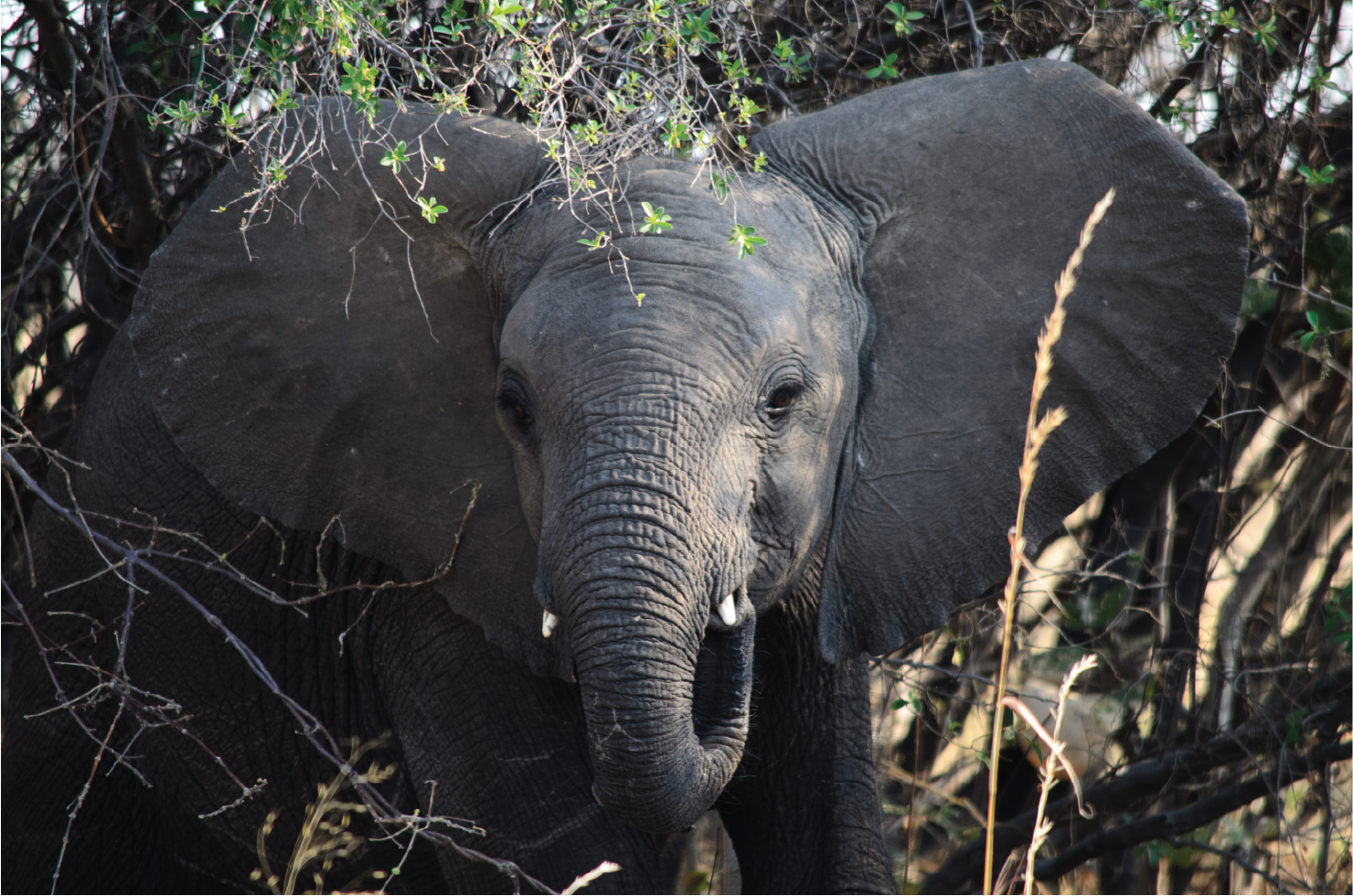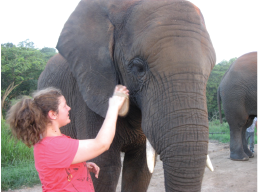The majority of the human race enjoys seeing magnificent animals, specifically elephants involved in careers including performing in the circus, being displayed in zoos, or traveling. But where do these creatures go when they progress in age or can no longer perform with the strength and endurance they once had?
In many countries around the world, elephant sanctuaries and orphanages have been set up for performing elephants to retire. A sanctuary, by origin of the word, refers to a sacred or holy place. Now it is more commonly seen as a haven or place of safety. The organizations providing these sanctuaries create places for elephants and other animals to rest and, in some cases, to be rescued and healed. The goal of the elephant sanctuaries is to make sure elephants are in a comfortable state. Each elephant shelter around the world offers something unique and beautiful: from a shelter with rare Borneo Pygmy Elephants in Malaysia to a combined shelter for elephants and monkeys in South Africa.
Due to the animal cruelty that is commonplace in several parts of the world, there are many people who have dedicated their lives to providing refuge and a better life to animals. However, online reviews have made arguments concerning the treatment of the elephants, such as involuntary elephant rides. In some cases, elephant rides are contradictory to the idea of sanctuary and volunteers should research and read reviews on the location.
Insider’s Look
Jenny Rollins, a student residing in the United States, was able to visit the Elephant Sanctuary in Hartbeespoort Dam, South Africa. She explains, “It was really cool to be so close to these large, powerful creatures and to walk with them and learn about them.” Jenny concludes that she enjoyed the experience and provides program details for future volunteers.
Housing
The Elephant Sanctuary provides shared housing (about twelve people) with prices ranging from $50 to $60 with discounted prices for children ages 4 to 14.
Back Riding
Elephant back riding is available when visiting the Hartbeespoort Dam sanctuary. Rides last from five to ten minutes. The beautiful views of the boma terrain while riding are delightful for visitors. Because some people see elephant rides in sanctuaries as hypocritical, many sanctuaries have made an effort to create a comfortable and rewarding experience for the elephants.
Interaction Programs
In the organization that Jenny was involved with, the interaction programs involving feeding, touching, and walking with the elephants are one and a half to two hours long. The price for these particular interaction programs are around $50. Elephant sanctuary volunteer prices range depending on location. Because elephants require large amounts of food (about 250 pounds every day), there is plenty of work to be done and volunteers are always appreciated.
A Walk with the Giants
Tourists and locals can volunteer at the sanctuaries in many different ways. Walking with, feeding, and bathing the elephants are generally the most enjoyed activities, according to reviews. However, these are not the only ways to participate in taking care of the elephants. Volunteers and visitors can also clean enclosures, help with construction projects, and prepare food. These opportunities can be just as rewarding as the regular programs, because they involve improving the elephants’ quality of life.
There are many resources to discover which location will fit each person’s volunteer expectations most efficiently. A good resource for finding elephant conservation volunteer work abroad is gooverseas.com, where you can explore international volunteer opportunities.
Another way to assist with the elephant sanctuaries and orphanages is to donate to any given sanctuary. When making a donation, be sure to read up on the sanctuary to make sure the money is being used strictly for the care of the animals as opposed to profit purposes. Many sanctuary websites have options to donate online. Reaching out to elephants in an appropriate way is a rewarding experience for anyone who is looking to make a difference.
—Heidi Bonham



